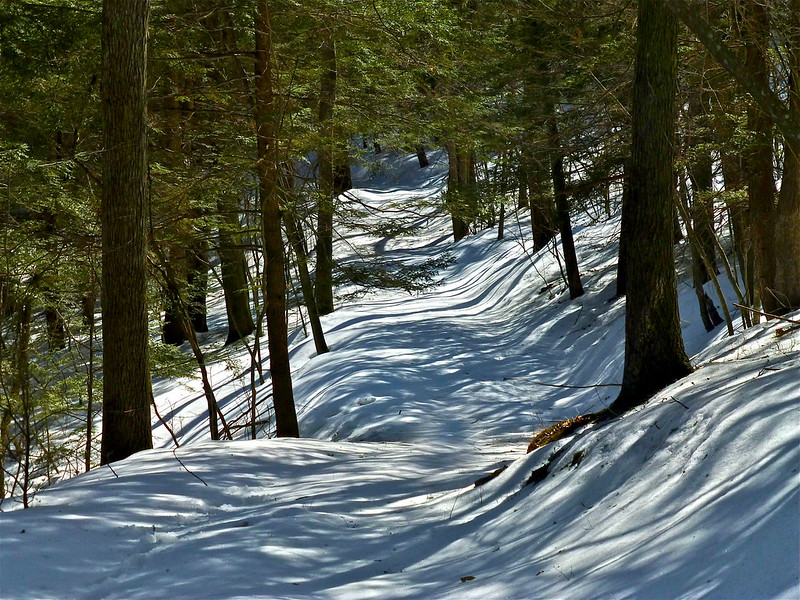Want to create an itinerary from this post?
Create a VisitWidget account and start creating your own sharable itineraries

Whether you like cycling in a city park, hiking through the woodlands or watching for whales in Massachusetts, there are several ways to get back to nature in Boston.
The city of Boston is part of Massachusetts’s long term project to revitalize the harbor, rivers, estuaries, fisheries, forests, wetlands and the area’s natural landscape.
If you want to get away from a weekend of yard work, you can still enjoy the fresh air and natural beauty of Boston.
Whale Watching
Whale watching in Boston Harbor? Yes! Boat tours last about three hours as they cruise the Massachusetts Bay, looking for marine life. Sightseers might spot pilot whales; harbor porpoises; humpback, fin or minke whales. There’s also the occasional Atlantic white-sided dolphin. The Whale Trail brings you close to some of Earth’s most majestic creatures.
Parks and Nature Trails

Source
Boston has many parks and trails to entice both avid and somewhat-reluctant nature lovers. Here are only a few of the 58 parks that are a “must see.”
- Arnold Arboretum – It’s within Olmsted’s famous Emerald Necklace, with 265 acres of trees, shrubs, and vines.
- Boston Public Garden – Considered America’s first public garden.
- Rose Kennedy Greenway – This roof garden, atop a highway tunnel, is a contemporary public park in the heart of Boston.
- Christopher Columbus Waterfront Park – Enjoy a jog or hike along this park near the harbor area.
- Peddocks Island – Hike the trails while gazing at the many historic structures.
Massachusetts State Parks

Source
Get ready to hit the beaches, fishing holes, campsites or hiking trails in Boston and throughout the state of Massachusetts.
Saltwater beaches on the Atlantic Ocean can offer an exhilarating experience, especially at sunrise. You’ll find amazing views at Horseneck and Salisbury Beaches. Massachusetts has more than 50 freshwater beaches throughout the state and around the Boston area.
Camping
- Beantown has its share of pleasant places to lay down a sleeping bag. The Boston Harbor Islands feature tent camping at Grape, Lovells, Bumpkin, and Peddocks – you may be able to rent a yurt, too.
- Tully Lake Campground is for tenting; it’s on a 200-acre lake site in Royalston.
- Blue Hills Reservation is a 6,000-acre park located about 13 miles outside of the city. The campsite is at the Appalachian Club at Ponkapoag Pond.
- Just north of Boston is the Harold Parker State Forest. In addition to dozens of campsites, it has trails for hiking, horseback riding, mountain biking, and cross-country skiing.
The Greenbelt

Source
Located on Boston’s North Shore, the Greenbelt is made up of natural corridors, coastal ecosystems, trail, river, and other landscapes. This area is managed by the Essex County Land Trust. It’s an organization working to protect wildlife habitat, farmland, and scenic landscapes. With various properties that are open daily, the public is welcome to run, walk, birdwatch, hike, kayak and enjoy nature!
Birds

Birders can spend a day or two or more watching out for more than 300 species known to visit Boston every year. The state’s popular backyard birds include American robins, blue jays, goldfinches, black-capped chickadees, and Carolina wrens. You’ll also see brown-headed cowbirds, eastern bluebirds, nuthatches, woodpeckers, and mockingbirds. It’s not unusual for birdwatchers to spot a snowy owl, bald eagle, osprey or wild turkey every now and then.
As you can see, the possibilities are endless! There are many opportunities to get back to nature – whether you decide to stay inside the city limits or explore Boston’s surrounding communities.
If you’re a Boston Red Sox fan, perhaps a view of sweet green grass and the Green Monster at Fenway Park will get you in the mood – especially when the Blue Jays, Cardinals or Orioles are in town.
Dan Hodges is a writer and travel expert. He has a passion for hiking and trying new restaurants and new foods around the country.
TOPICS: Bird Watching, Camping, Greater Boston, Hiking, Nature, Outdoors, Whale Watching
Want to create an itinerary from this post?
Create a VisitWidget account and start creating your own sharable itineraries



